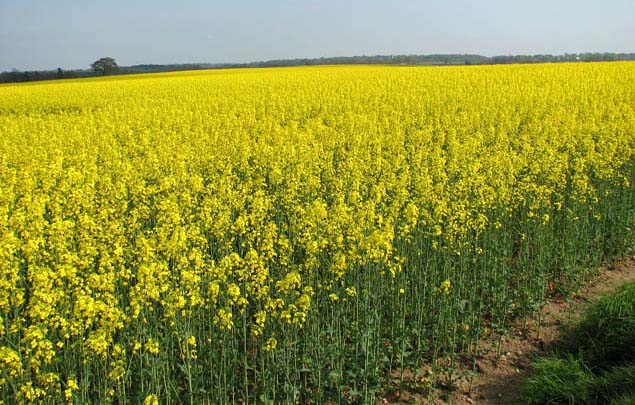
Oilseed rape producers must act now to address the twin threats of unusually low dormancy in blackgrass and high populations of aggressively growing Spring barley, says Nick Myers of ProCam.
Many growers will have experienced a change in cropping this year with a resulting shake-up in weed control strategies so making the right decisions to remove competition now is essential to safeguard future yields, he says.
“Blackgrass flowering was delayed 7-10 days due to the cold Spring. This has meant that seed maturation coincided with the warm weather in most parts of the country so dormancy levels for the majority of the UK will be classed as low which means seed will germinate as soon as it has the correct requirements of moisture, light and a good seedbed.”
Because of this short germination profile many growers should be able to get on top of blackgrass using residual chemistry as long as they act promptly, he says.
“We would recommend starting with a residual programme based on metazachlor as early as possible around cotyledon stage and then be prepared, if necessary, to follow this up with a carbetamide/propyzamide sequence starting when plants are showing three to four leaves.”
The reduction in wheat acreage of 20% and resulting increase in Spring barley in 2013 will be a mixed blessing for many when it comes to weed control this season, he says.
“If wheat was established, blackgrass control was very difficult so there is likely to be a high seed burden in such fields.
“Growers who were not able to grow wheat because of the poor conditions last year should, however, have had the opportunity for good cultural control and to really get on top of blackgrass. Spring barley is very competitive and this should also have swamped a lot out too.
But Spring barley volunteers are very aggressive and these need to be removed quickly before they out-compete the crop, Nick Myers warns.
“So much of oilseed rape’s yield potential is established in the first 30 – 45 days after sowing and any unwanted competition will severely restrict root and plant growth in this critical period.
“Growers must evaluate the weed threat in light of last year’s cropping decisions now, make the right product choices and act quickly before problems escalate and become major issues next year.”
